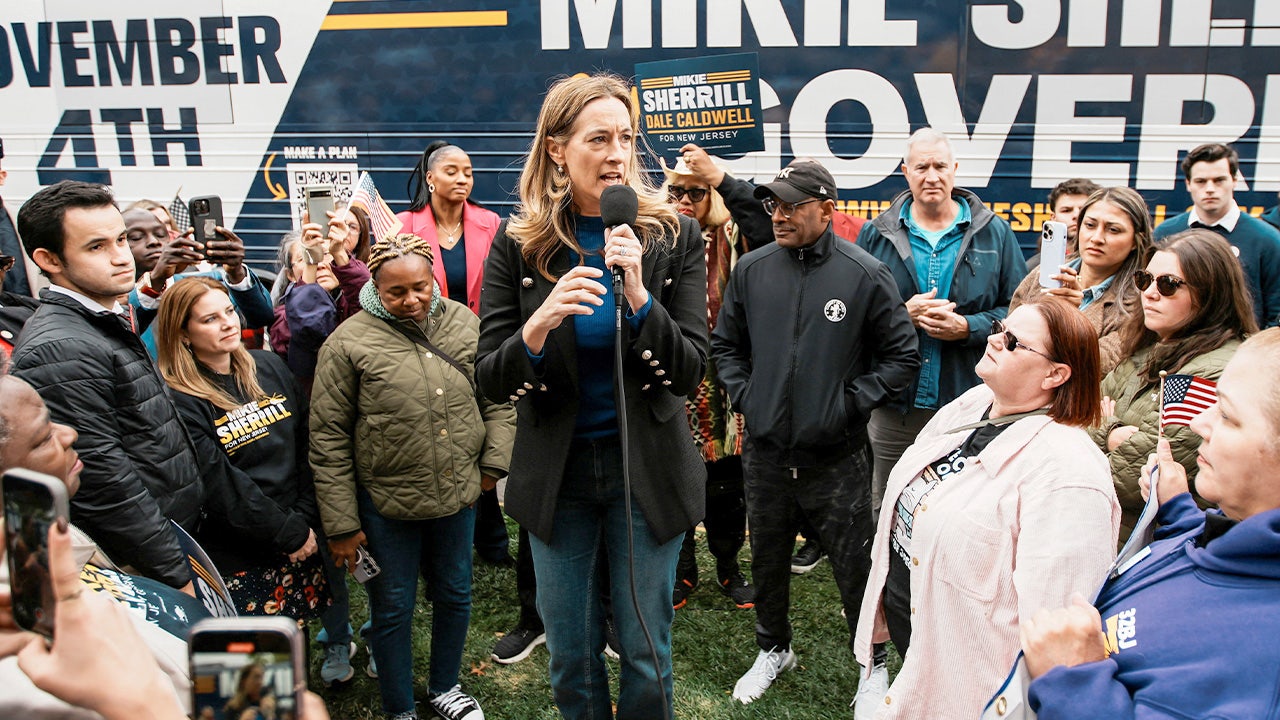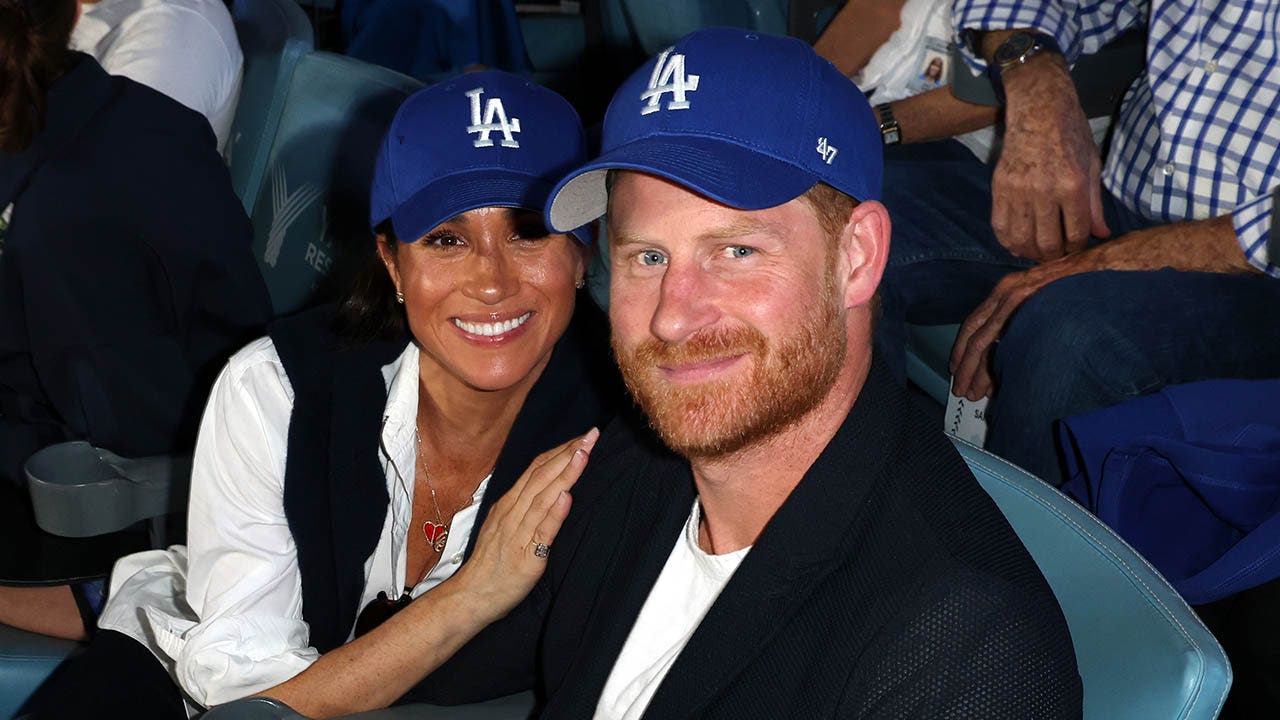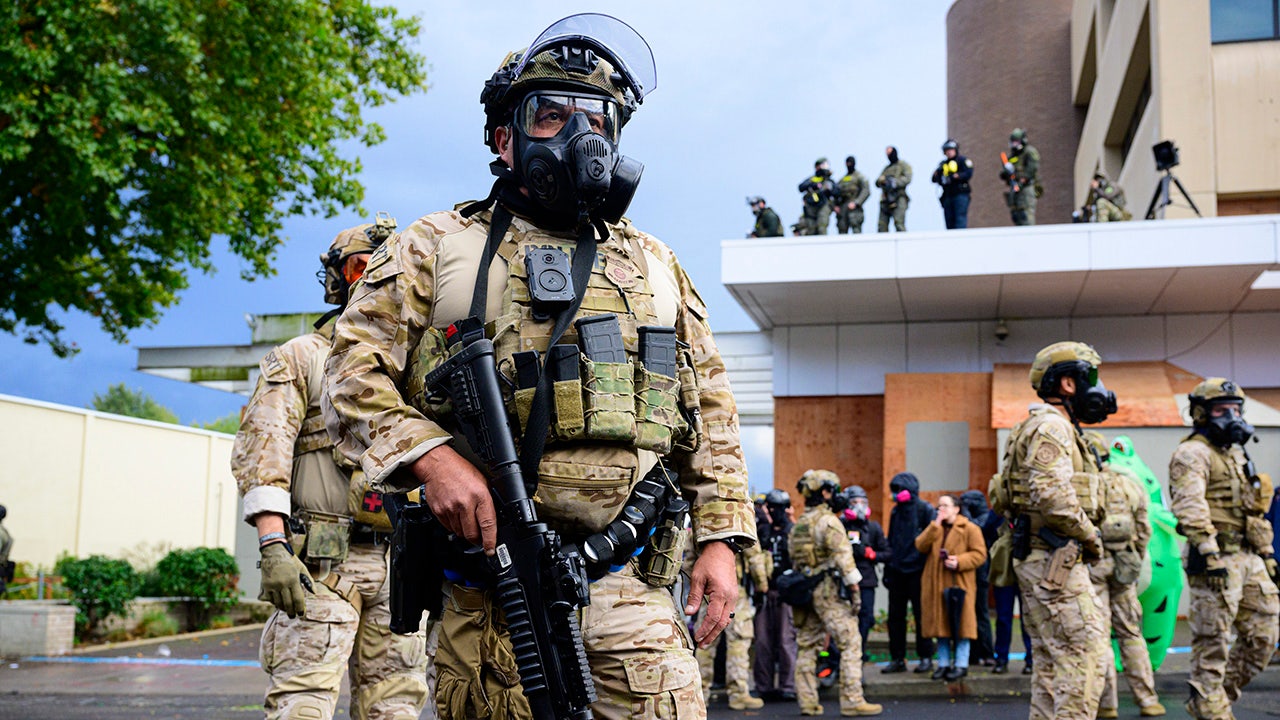On Tuesday, at 4:40 p.m. local time, the conclave to pick a new pope began.
Most of us are following this process, but it may be helpful to understand a little more about what is actually going on. There are many questions surrounding this event. It can be hard for those not familiar with the structure and practices of the Church to understand what is actually happening.
Who’s who
Before we get into the actual proceedings of the conclave, we should make sure to understand who is involved.
The pope
The pope is the head of the Catholic Church. The Vicar of Christ on earth. Upon his death, the Apostolic See is empty — meaning that nobody is currently occupying the office of pope. The term for this situation is “Apostolica Sedes Vacans.” The official language of the Church is Latin, hence the Latin terminology. The conclave ends with the election of a new pope.
Cardinals
Cardinals are bishops who are chosen by the pope for elevation to a body known as the College of Cardinals. They have various positions of importance in the administration and governance of the Church. Certain large or important dioceses around the world will generally have a cardinal in charge of them. In this U.S., these dioceses have typically been New York, Chicago, Boston, Washington, D.C., Baltimore, and Newark.
There are other functions that cardinals serve, but all you really need to know in this case is that after the pope dies, all of them who can make it travel to Rome for the General Congregation.
This is a period of meetings where the cardinals sort out aspects of church government and get to know one another. Remember that they are sent all over the world, and many of them rarely interact with one another.
Another important distinction to note is that only cardinals under the age of 80 can vote in the conclave; these are called cardinal electors. This time around, that’s 134 out of 252 cardinals.
If a cardinal is over 80, he can still be elected pope. In fact, any Catholic man can technically be elected pope, although a layman would have to be immediately ordained and consecrated. However, a non-cardinal has only been elected a handful of times (mostly during the early Church period). The last case was in 1378.
Vatican staff
During the conclave, there is still staff work that needs to be done. As I will explain, only the voting sessions are restricted to cardinals only. However, the Vatican staff present during the conclave are still sworn to secrecy. The penalty for violating the oath of secrecy is the same for staff and cardinals alike: “latae sententiae” [automatic and instantaneous] excommunication from the Catholic Church. This penalty can only be lifted by the pope or his designated representative.
Some history
It is worth taking a moment to look at the history of the conclave to see how it came to be the way it is today.
From the earliest days of the Church, the pope has always been elected. What’s more, it became an exclusively clerical affair quite early on. In 1059, it was decided that only cardinals could vote, and in 1179, the Third Lateran Council set the requirement for election at two-thirds, where it has been ever since.
After a rather trying conclave in 1268 — which ended up lasting three years, until 1271 — Pope Gregory X decreed that the cardinals would be kept in seclusion until the election was complete. (He also mandated that their food rations be decreased incrementally the longer the conclave went on, but this requirement is no longer in place.)
1492 was the first year the voting portion of the conclave was held in the Sistine Chapel, where it has been held ever since. In 1970, the voting cutoff was set at 80 years old. The 134 cardinals who will vote in this conclave will be highest number in history.
The vote
So, how does the conclave actually work? First, the conclave refers to the whole period of time from the procession of the cardinals into the Sistine Chapel as they chant the “Veni Creator Spiritus,” to the point when the new pope accepts his election.
The voting sessions are the part where the actual vote casting, tallying, and burning take place. When all of the cardinal electors have assembled in the chapel, the command “Extra omnes!” (Everyone out!) is given, and everyone but the cardinal electors is locked out. The chapel is then sealed. After a period of prayer, the voting will begin.
How does the voting work? On the first day (if time allows), there will be one round of voting. Each round of voting consists of two ballots. A ballot refers to the vote by the individual cardinals. Each cardinal will write the name of his nominee on a paper ballot, bring it to the altar, recite an oath that he acts in good conscience before God, and place the ballot in a large urn.
This process is repeated, and then the ballots are counted, the results announced, and the ballots are burned. (Coloring is used to ensure that the smoke is either white or black.) So each cardinal casts two ballots per voting round. On the first day, there will be one round, and afterward two rounds each day, one in the morning and one in the evening.
The acceptance
Once there is a two-thirds consensus (for this conclave, that number is 89), the man elected must accept his election (you can’t force someone to become pope). If he accepts, he goes to the Room of Tears, which is a small chamber next to the chapel named for the overwhelming emotion the new pope feels and the tears that are often shed as a result.
In the Room of Tears, there are three white cassocks (small, medium, and large), as well as the other necessary vestments in different sizes. The pope will also choose his shoes, which are either red, white, or black. After dressing in the Room of Tears, the new pope will proceed to the “loggia” (balcony) of St. Peter’s Basilica, where he will be announced to the world and deliver his first address.
During the voting sessions of the conclave, the cardinals are locked in the Sistine Chapel. When not in voting sessions, they stay in the Domus Sanctae Marthae, a large guesthouse in Vatican City.
If you stood in St. Peter’s square facing the front entrance of the basilica, the Domus Sanctae Marthae would be diagonally to your left beside St. Peter’s, while the Sistine Chapel would be diagonally to your right. During the conclave, the cardinals walk between the two buildings by going behind St. Peter’s and remaining well within the restricted areas of Vatican City. They sleep, take their meals, pray, and talk with one another within the secluded confines of the Vatican until they have chosen the next pope.
Secretive proceedings
The conclave is famously difficult to cover due to the secretive nature of the proceedings. It can be very difficult for media outlets to speak coherently on the proceedings or likely outcomes given the unique nature and structure of politics and relationships within the Church.
Giving any sort of intelligent commentary requires extensive knowledge and exposition of Church history, proceedings, recent papal documents, curia appointments, as well as an understanding of the supranational and doctrinal nature of ecclesiastical law and authority.
The names that have emerged as potential frontrunners for this conclave are Cardinals Parolin and Tagle on the more “liberal” side, and Cardinals Pizzaballa and Erdo on the more “conservative” side. One of these men may very well step out onto the “loggia” of St. Peter’s as the new supreme pontiff, but it may just as easily be anyone else.
We should remember to pray for the wise discernment of the cardinals in choosing a pope who will be a good and faithful leader of the Church, a leader for Christians, and a leader for the whole world.
Read the full article here


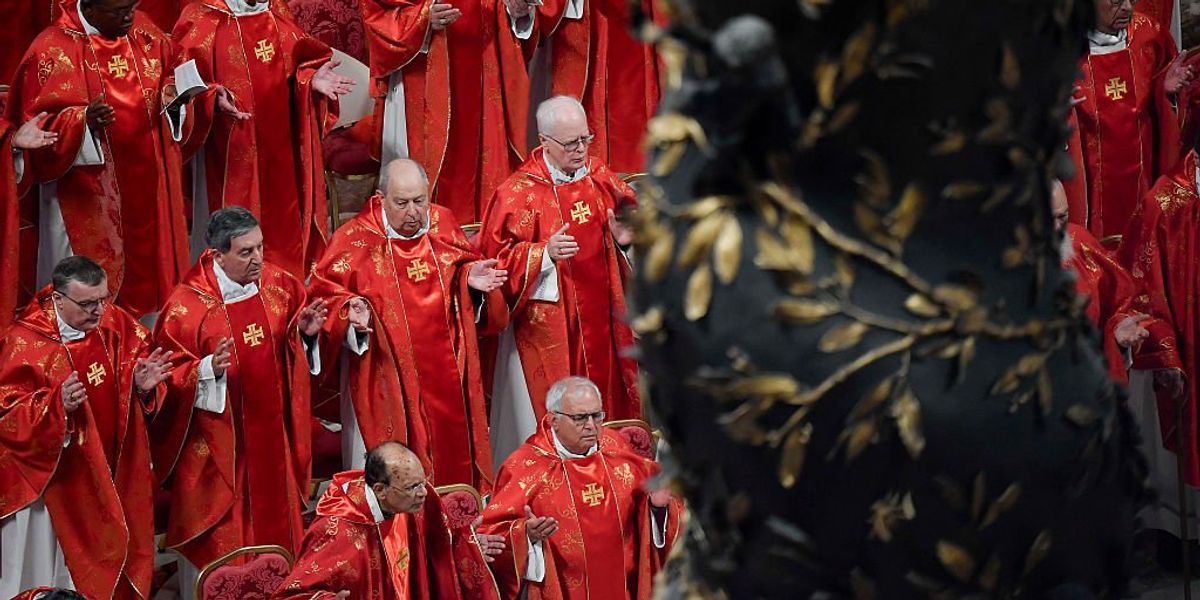


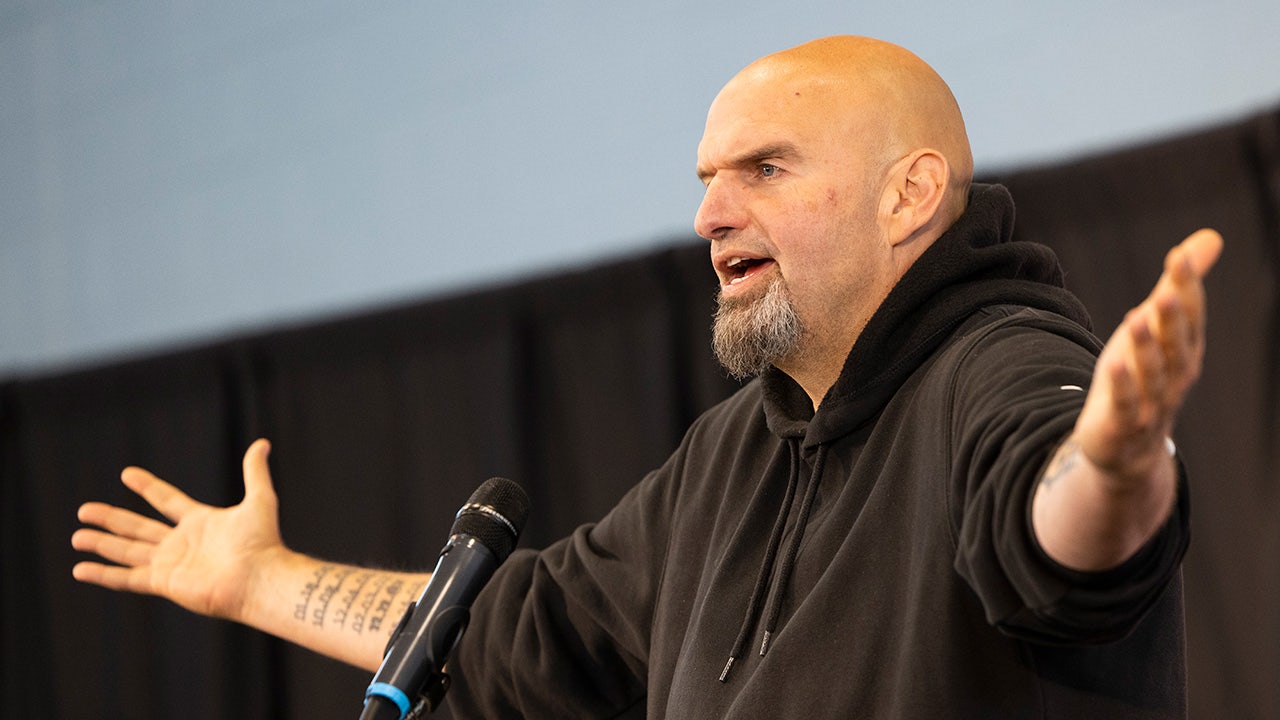

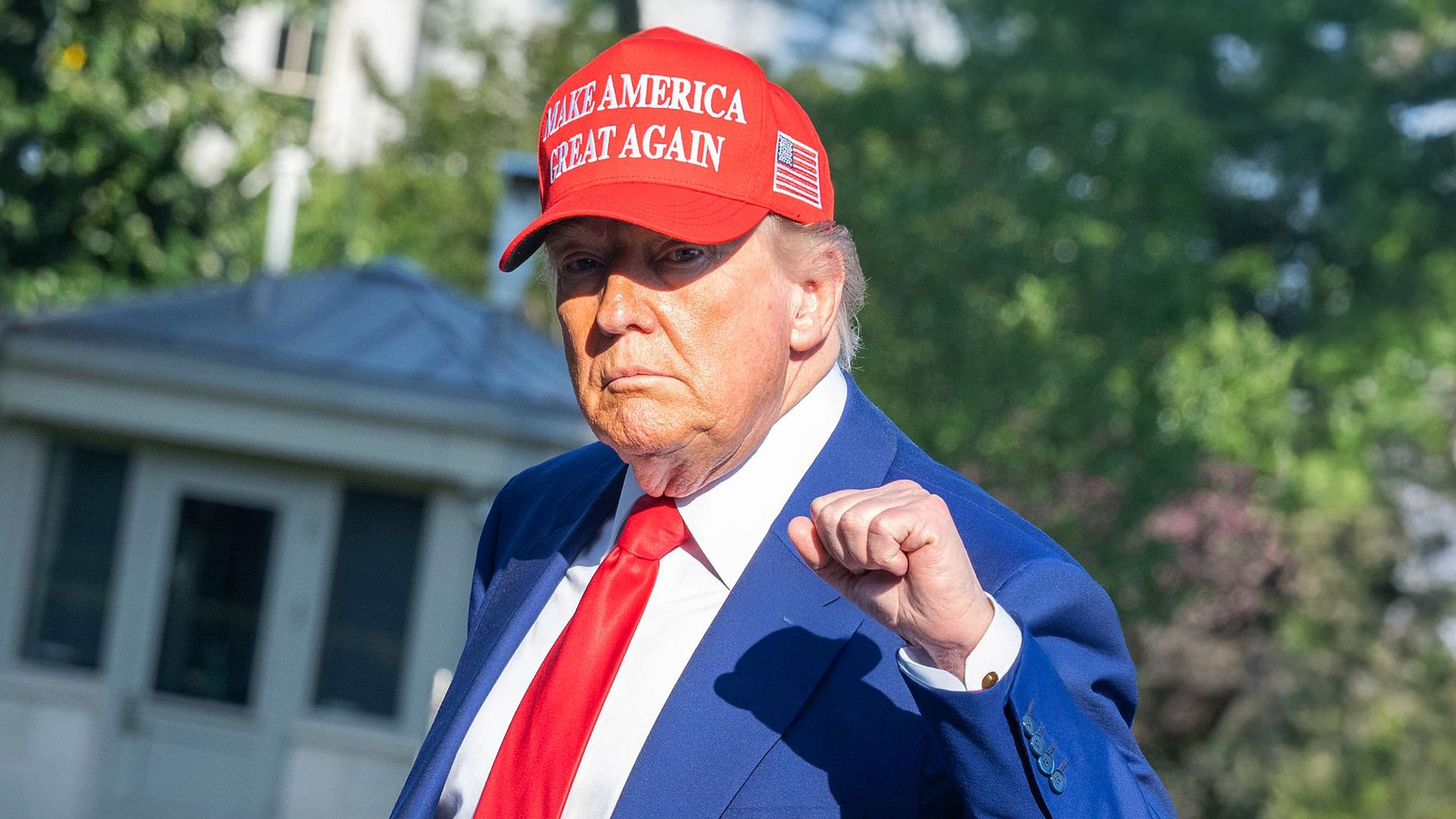
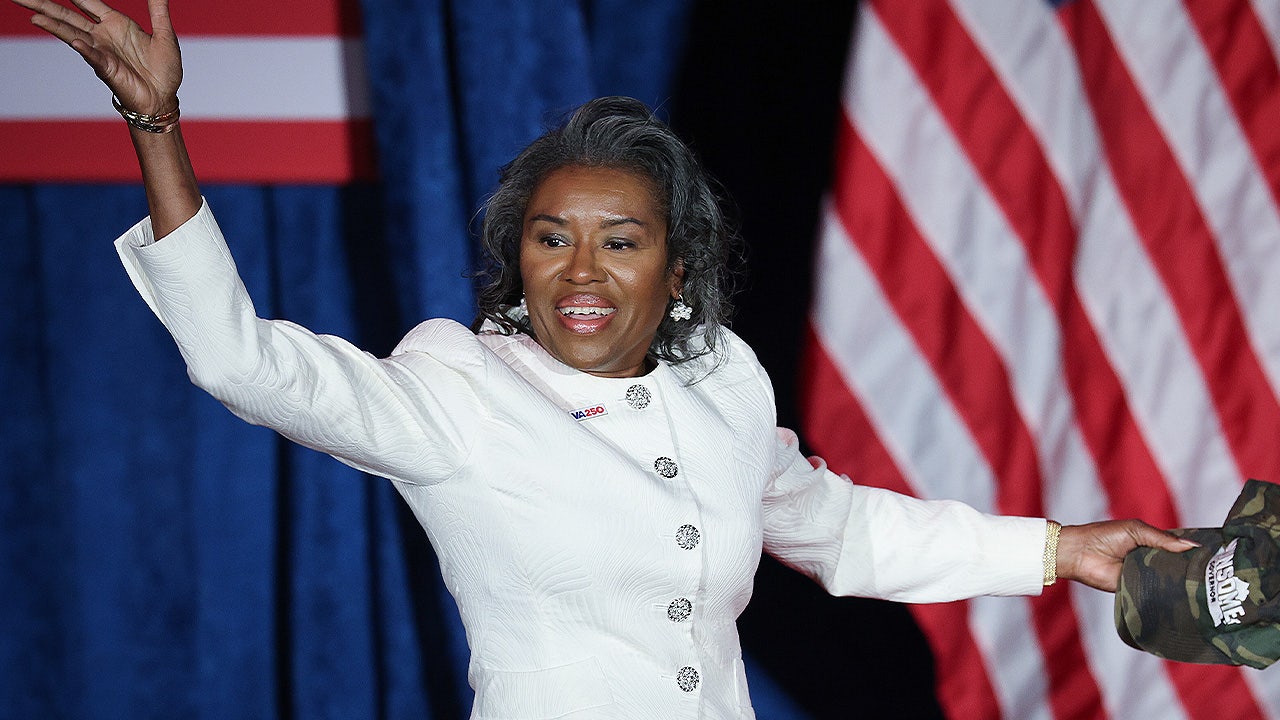
![D.C. Mayor Scrambles to Impose Curfew After Massive Teen Brawl Goes Viral [WATCH] D.C. Mayor Scrambles to Impose Curfew After Massive Teen Brawl Goes Viral [WATCH]](https://www.lifezette.com/wp-content/uploads/2025/08/2025.08.24-08.43-lifezette-68aad0abb4e9c.jpg)
